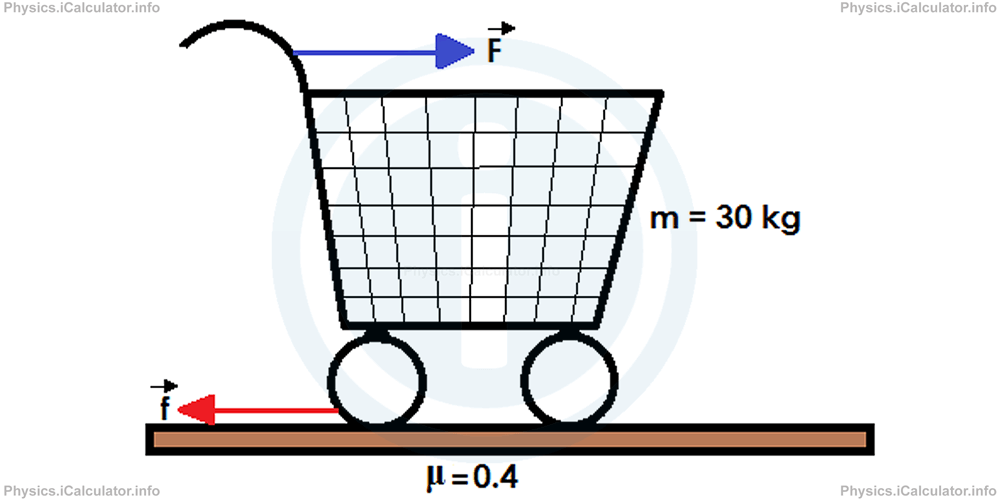Menu
Newton's First Law of Motion. The Meaning of Inertia
Please provide a rating, it takes seconds and helps us to keep this resource free for all to use
The following physics revision questions are provided in support of the physics tutorial on Newton's First Law of Motion. The Meaning of Inertia. In addition to this tutorial, we also provide revision notes, a video tutorial, revision questions on this page (which allow you to check your understanding of the topic) and calculators which provide full, step by step calculations for each of the formula in the Newton's First Law of Motion. The Meaning of Inertia tutorials. The Newton's First Law of Motion. The Meaning of Inertia calculators are particularly useful for ensuring your step-by-step calculations are correct as well as ensuring your final result is accurate.
Not sure on some or part of the Newton's First Law of Motion. The Meaning of Inertia questions? Review the tutorials and learning material for Newton's First Law of Motion. The Meaning of Inertia
| Tutorial ID | Title | Tutorial | Video Tutorial | Revision Notes | Revision Questions | |
|---|---|---|---|---|---|---|
| 4.5 | Newton's First Law of Motion. The Meaning of Inertia |
Newton's First Law of Motion. The Meaning of Inertia Revision Questions
1. A 30 kg cart is moving along a horizontal surface. The friction coefficient between the floor and the cart's wheels is 0.4. What is the magnitude of the horizontal force acting at the cart in order to meet the conditions of Newton's First Law of Motion? Take g = 10 N/kg.

- 300 N
- 120 N
- 72 N
- 12 N
Correct Answer: B
2. How many times more inert is a 800 kg rock than a 2 mg feather?
- 400 times
- 400 000 times
- 40 million times
- 400 million times
Correct Answer: D
3. In which of the following situation the Newton's First Law of Motion is being applied?
- A bullet fired at 400 N force from a gun at the beginning of its flight
- A 40 kg girl sliding down a waterslide at increasing velocity
- A pilot falling from an airplane before opening the parachute
- A moving car whose speedometer always shows the value 80 km/h
Correct Answer: D
Whats next?
Enjoy the "Newton's First Law of Motion. The Meaning of Inertia" practice questions? People who liked the "Newton's First Law of Motion. The Meaning of Inertia" practice questions found the following resources useful:
- Practice Questions Feedback. Helps other - Leave a rating for this practice questions (see below)
- Dynamics Physics tutorial: Newton's First Law of Motion. The Meaning of Inertia. Read the Newton's First Law of Motion. The Meaning of Inertia physics tutorial and build your physics knowledge of Dynamics
- Dynamics Revision Notes: Newton's First Law of Motion. The Meaning of Inertia. Print the notes so you can revise the key points covered in the physics tutorial for Newton's First Law of Motion. The Meaning of Inertia
- Check your calculations for Dynamics questions with our excellent Dynamics calculators which contain full equations and calculations clearly displayed line by line. See the Dynamics Calculators by iCalculator™ below.
- Continuing learning dynamics - read our next physics tutorial: Newton's Second Law of Motion
Help others Learning Physics just like you
Please provide a rating, it takes seconds and helps us to keep this resource free for all to use
We hope you found this Physics tutorial "Newton's First Law of Motion. The Meaning of Inertia" useful. If you did it would be great if you could spare the time to rate this physics tutorial (simply click on the number of stars that match your assessment of this physics learning aide) and/or share on social media, this helps us identify popular tutorials and calculators and expand our free learning resources to support our users around the world have free access to expand their knowledge of physics and other disciplines.